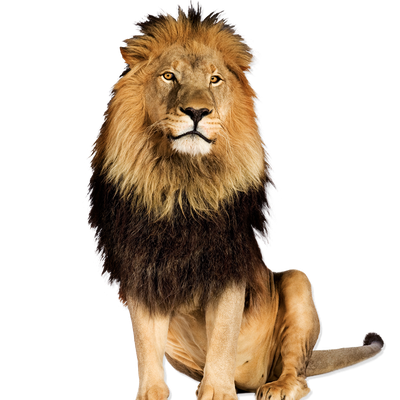Your search returned 2813 results
-
Bugwise for schools syllabus links
https://australian.museum/learn/teachers/learning/bugwise/bugwise-for-schools-syllabus-links/Bugwise can help your school fulfill many of the criteria of your School Environment Management Plan (SEMP), curriculum-integrated environmental education objectives and the outcomes and objectives of the Science syllabi (Stages 1 to 6).
-
Pollination
https://australian.museum/learn/animals/insects/pollination/Pollination is the process by which plants sexually reproduce. .
-
Sedimentary environments
https://australian.museum/learn/minerals/shaping-earth/sedimentary-environments/Sedimentary environments can be classified according to the climate in which they occur and/or the geometrical arrangement of the sediments.
-
Metamorphism
https://australian.museum/learn/minerals/shaping-earth/metamorphism/The word metamorphism comes from Greek and means 'change of form'. Metamorphic rocks are pre-existing rocks whose mineral composition and/or texture has been changed by processes within the Earth.
-
The hairy spider
https://australian.museum/learn/animals/spiders/the-hairy-spider/Find out how hair helps spiders sense their world, get a grip and protect themselves.
-
Antarctic habitats
https://australian.museum/learn/teachers/learning/antarctic-habitats/Many animals live in and visit Antarctica and the islands around it. Antarctic habitats include pack ice, mountains and the surrounding seas.
-
Woodland habitats
https://australian.museum/learn/teachers/learning/woodland-habitats/Woodlands are places where the trees are spaced apart with heath and grassland in between. They often have open grassy spaces as well as clumps of trees, rocks and bushes.
-
Homo antecessor
https://australian.museum/learn/science/human-evolution/homo-antecessor/This species name is highly debated with many considering the remains to be Homo heidelbergensis. Whatever species they come from, these fossils are the oldest Homo found in Europe.
-
Paranthropus genus
https://australian.museum/learn/science/human-evolution/paranthropus-species/The genus or group Paranthropus currently includes three species, P. boisei, P. robustus, and P. aethiopicus. They are collectively known as the ‘robusts’ because of their extremely large jaws and molar teeth. They are our distant ‘cousins’ rather than our direct relatives.
-
Australopithecus afarensis
https://australian.museum/learn/science/human-evolution/australopithecus-afarensis/This species is one of the best known of our ancestors.
-
Book now
Machu Picchu and the Golden Empires of Peru
Now open
Tickets on sale![]()
-
Find out more
Tails from the Coasts
Special exhibition
Opening Saturday 10 May![]()
-
Find out more
Wild Planet
Permanent exhibition
Open daily![]()
-
Discover more
Minerals
Permanent exhibition
Open daily![]()





